In the previous post, I compared the Nikon Z7 and D5 noise under extremely low light conditions. I turned of noise reduction for that series. Now I’ll show you a set of images with LrC default noise reduction. If you look at Bill Claff’s photographic dynamic range numbers, the D5 does better than the Z7 at extreme nosebleed ISO settings. There are some folks saying that’s not the case in the real world.
I called my bookcase into service:
Test protocol:
- RRS legs, C1 head
- Sigma 35/1.4 Art lens, directly attached to D5 and attached to Z7 with FTZ
- ETTR exposure f/4 at 1/40 second at ISO 12800 set manually
- ETTR exposure and ETTR – x stops, with x running from 1 to 5
- Manual focusing using live view on each camera
- Developed in LrC, current version
- Default settings except for the following
- Exposure compensation to correct underexposed images to ETTR brightness
- Sharpening turned off
- Noise reduction as follows
- Luminance 0
- Color 25
- Detail 50
- Smoothness 50
Here are some crops with the same field of view. The Z7 crop is magnified to about 200%.
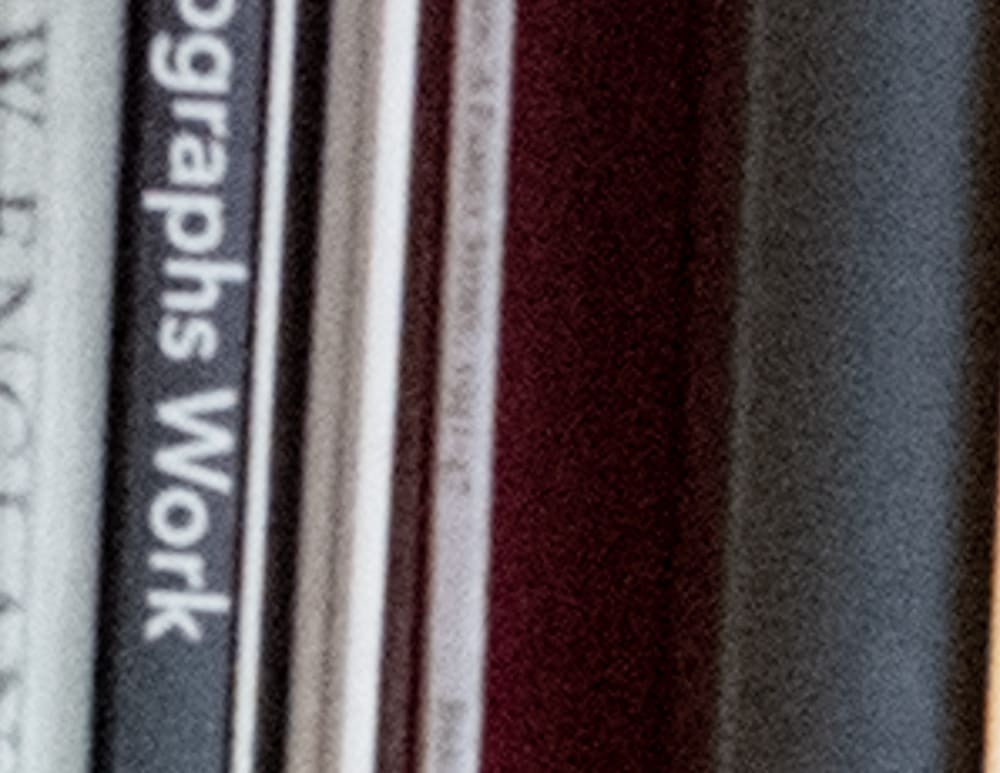
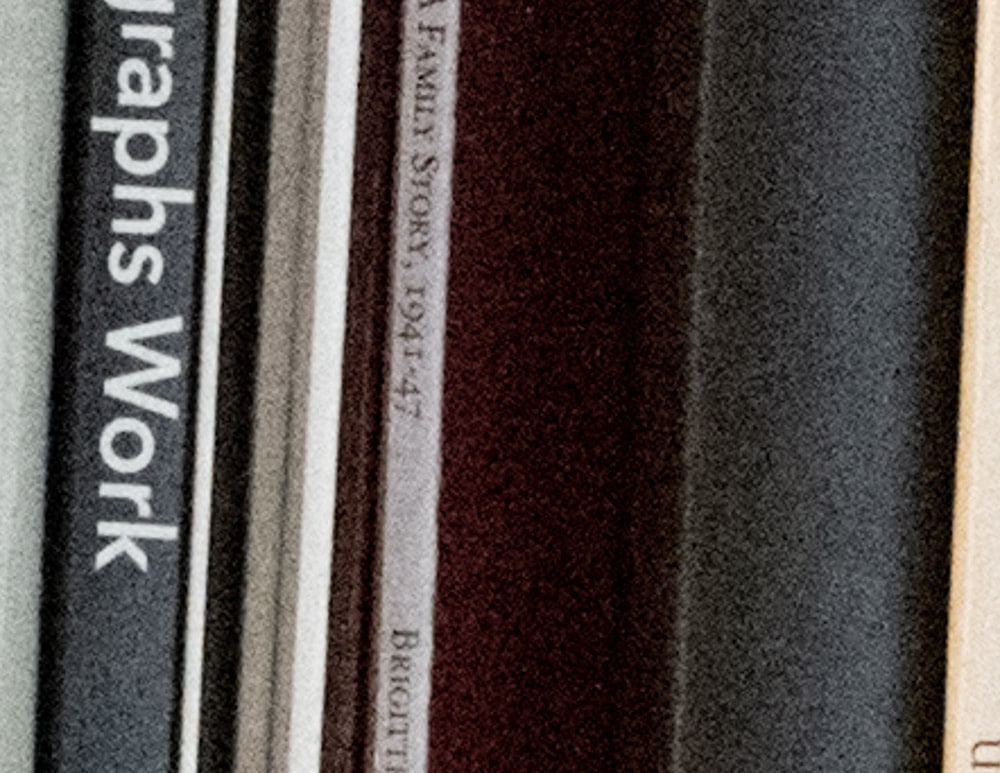
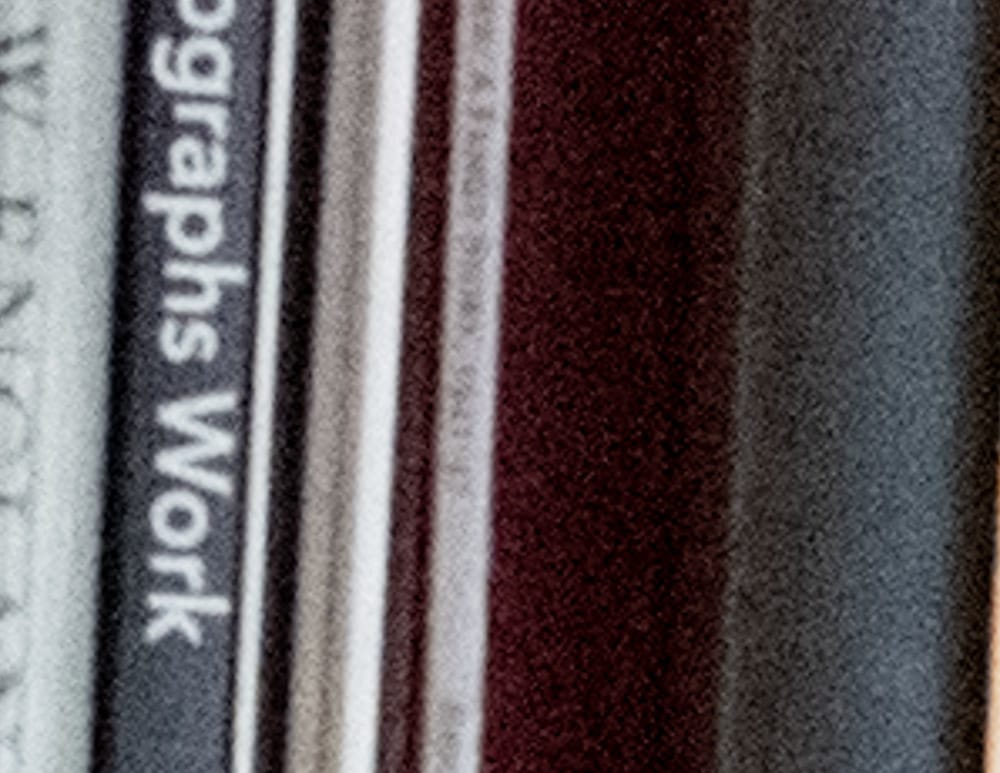
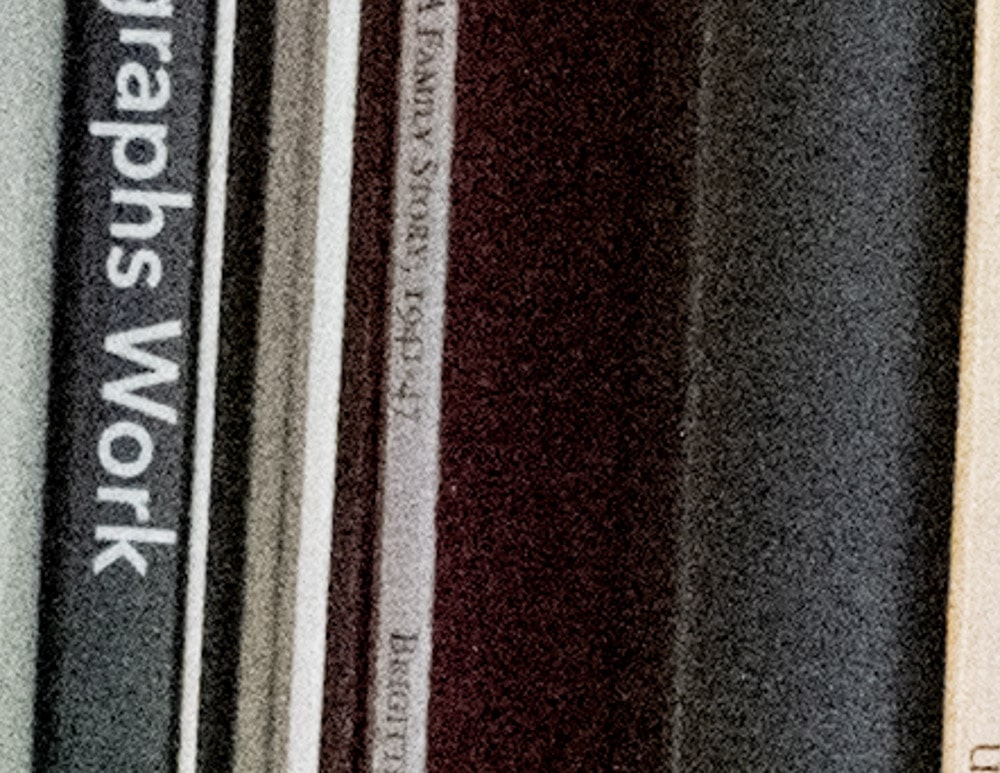
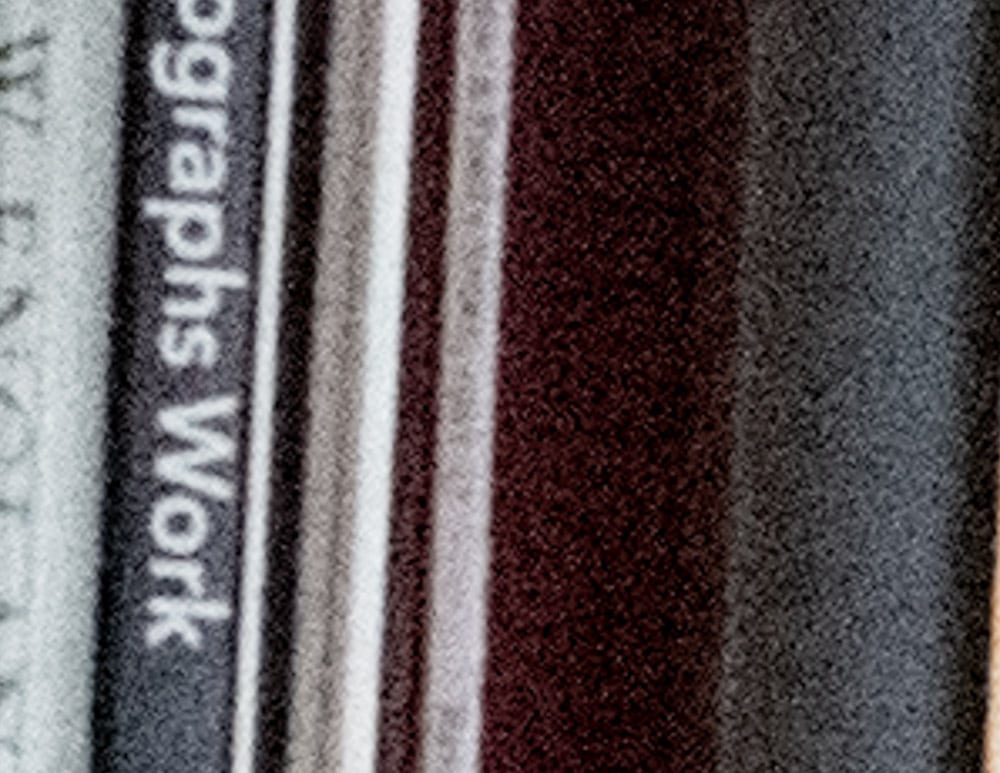
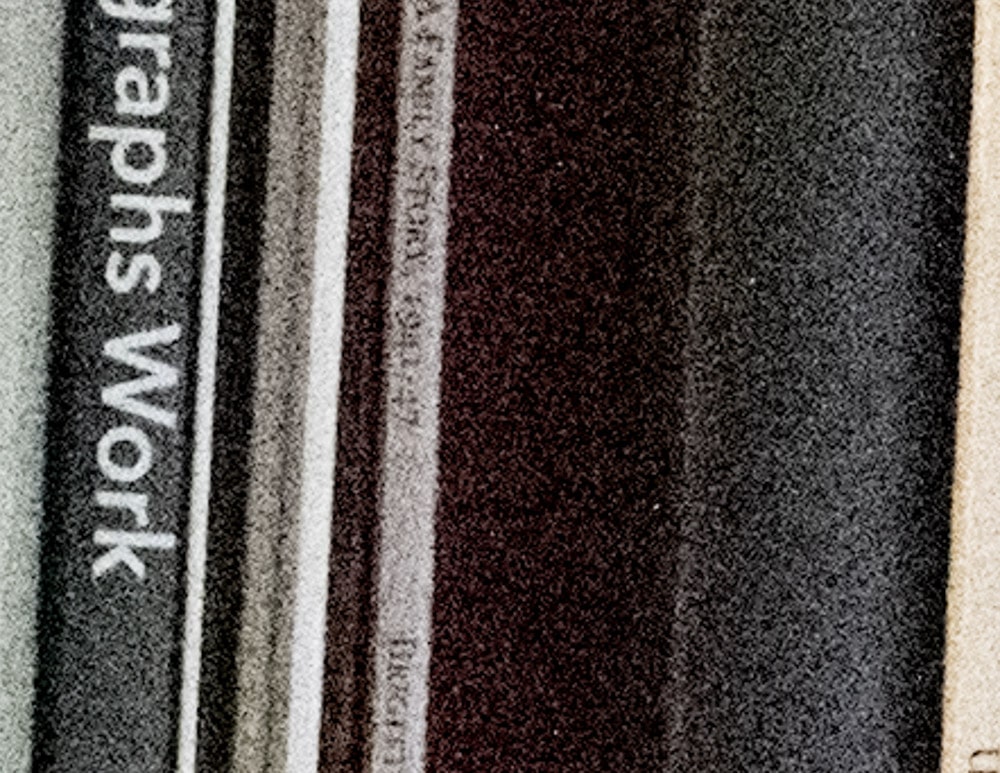
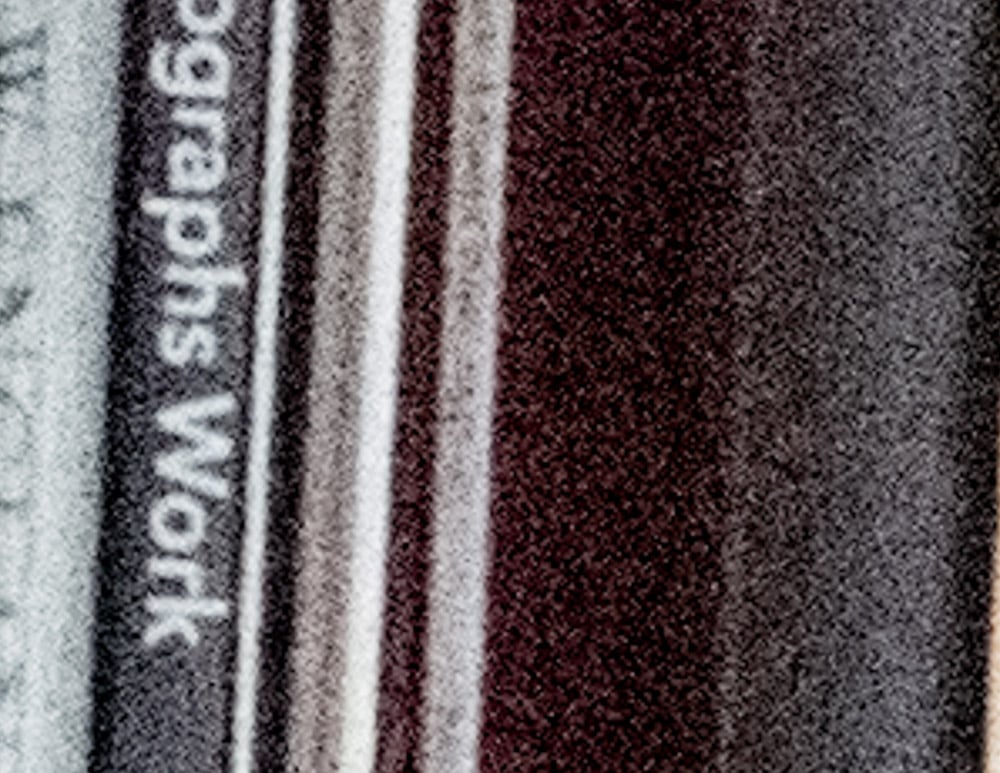
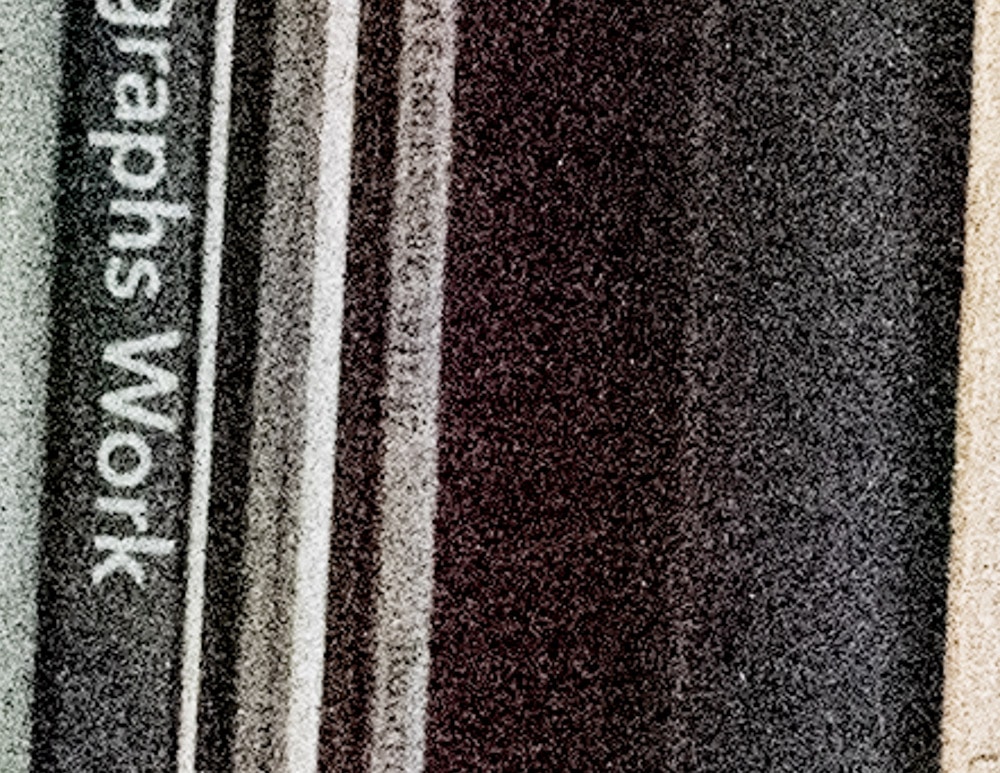
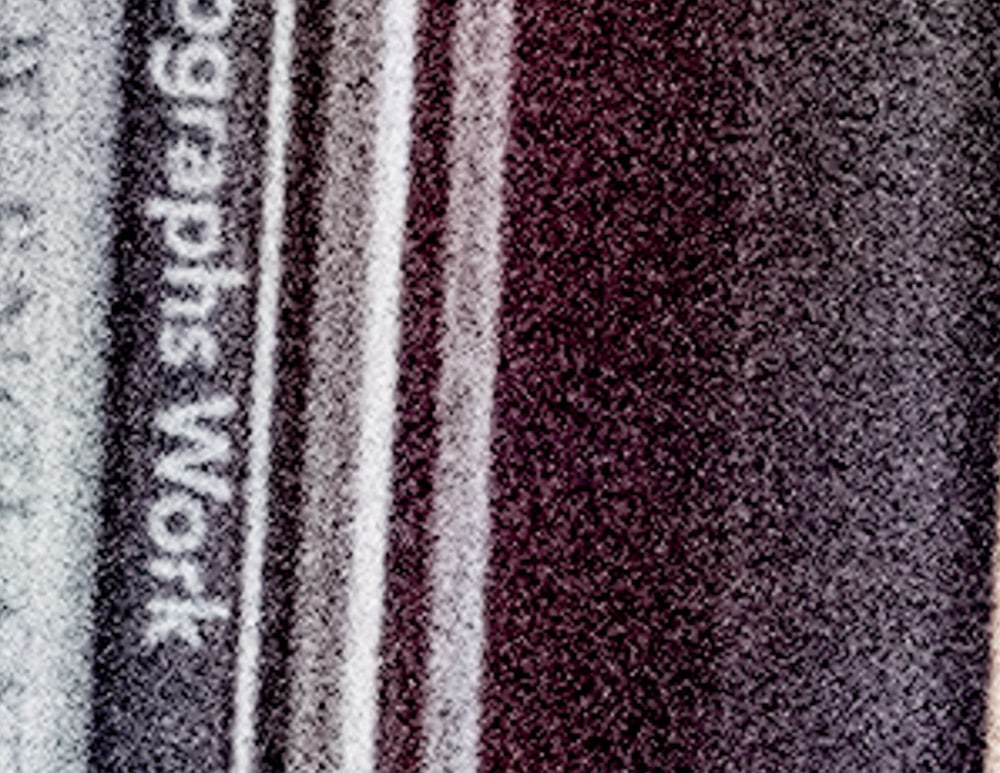
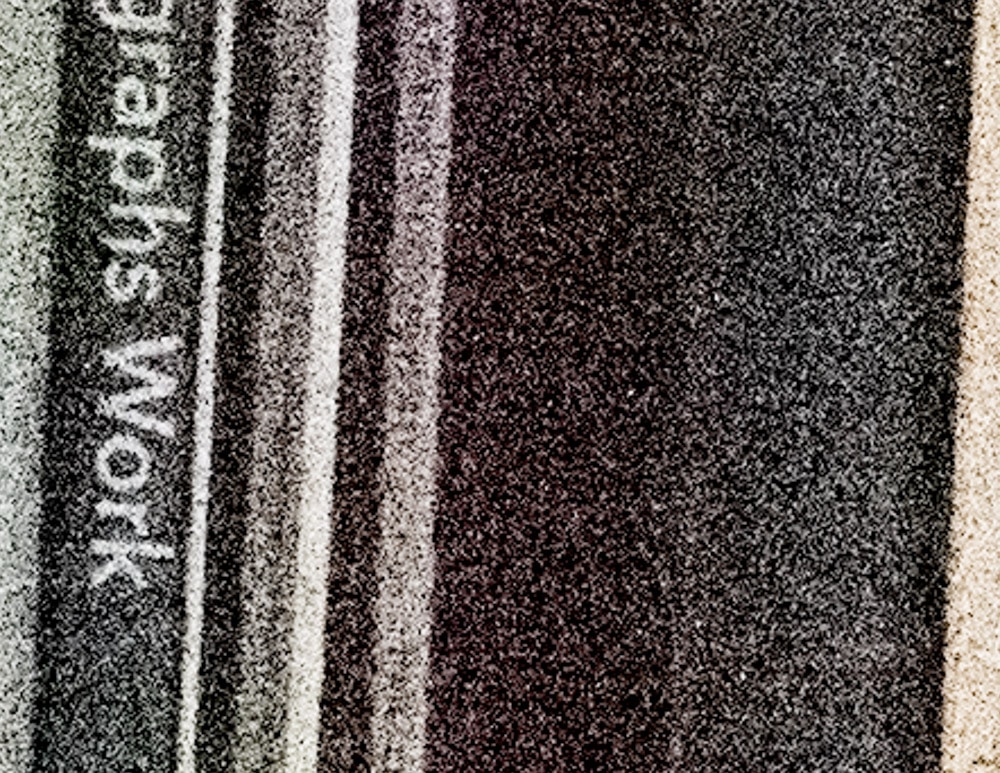
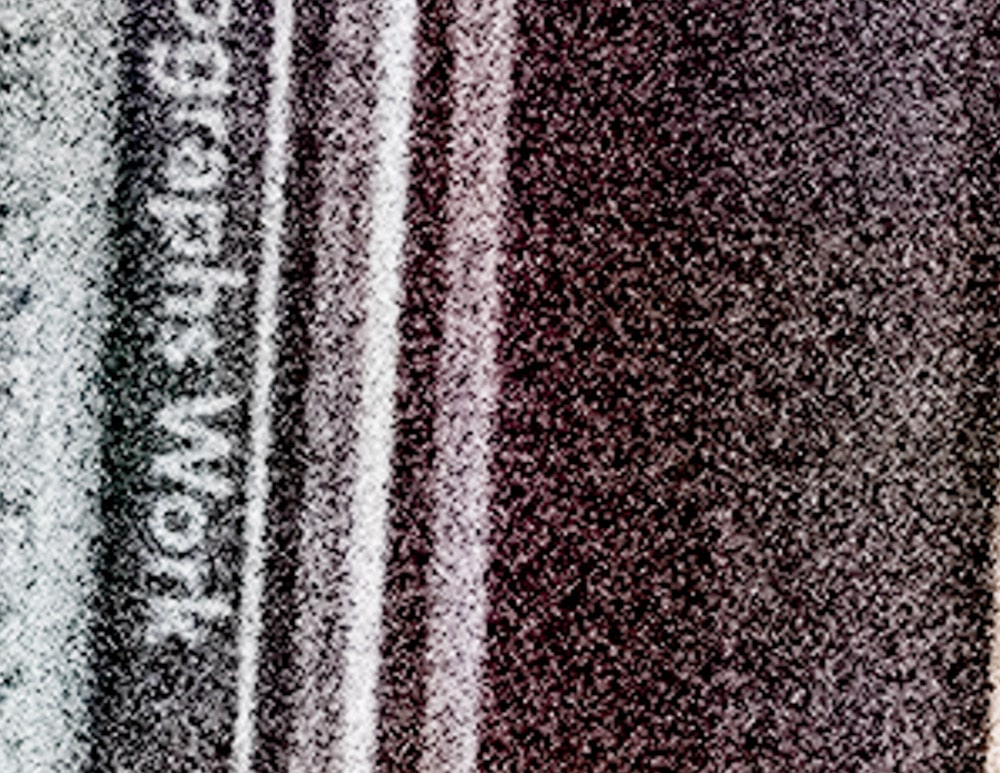
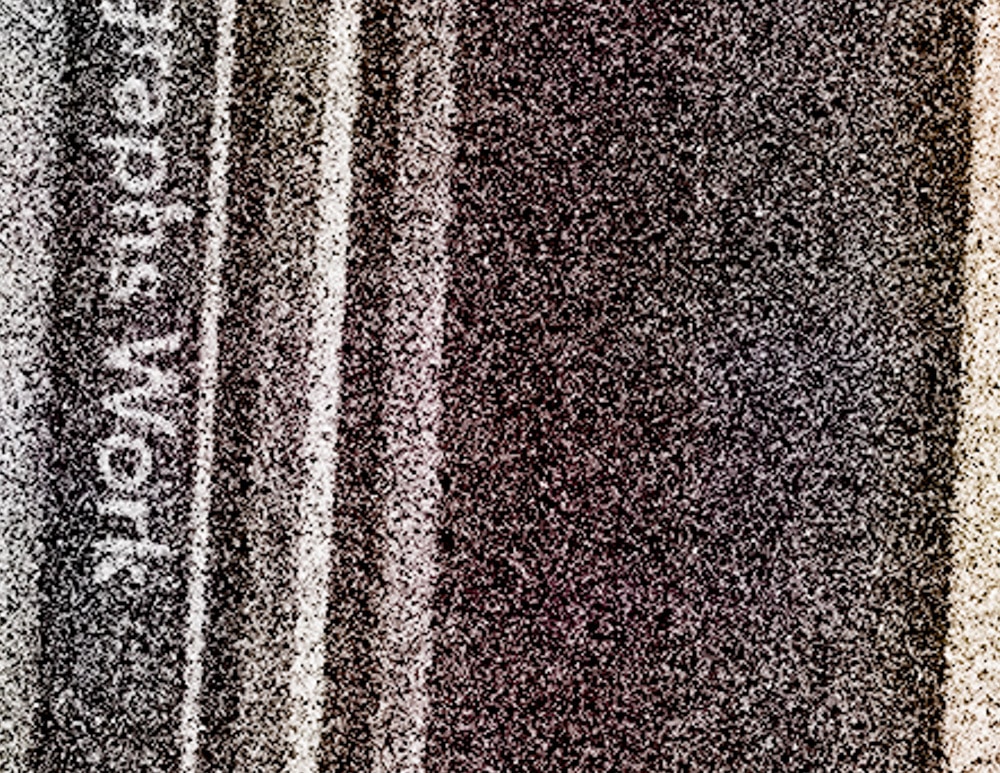
With the higher resolution Z7, I could apply moire noise reduction than with the D5 and hold the same detail, but this is a bad set of images to use to demonstrate that since the D5 images are a bit out of focus.
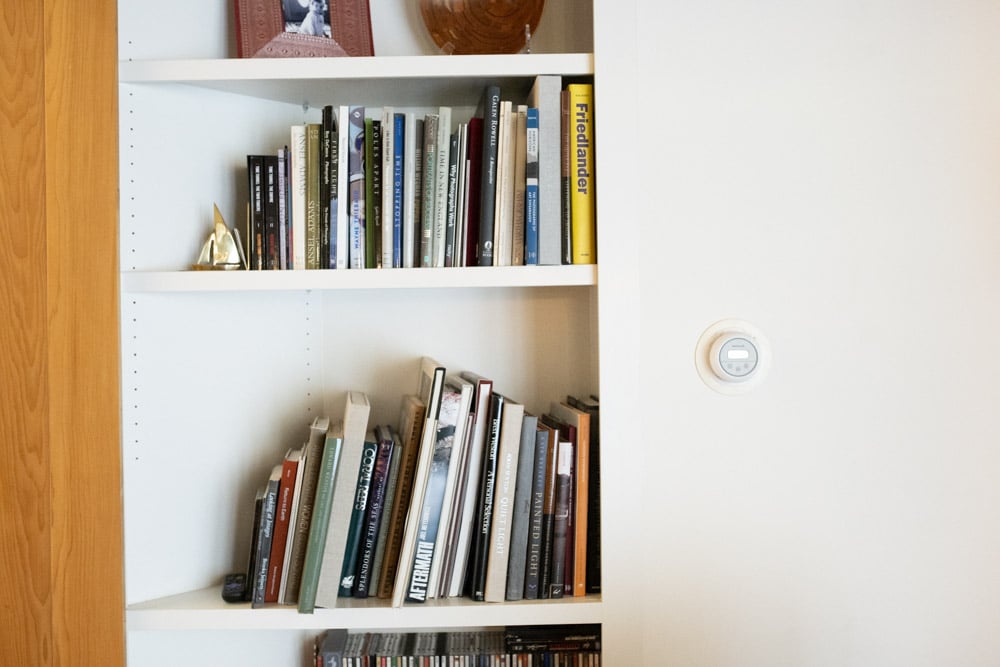
It looks like you need to apply at least a little luminance NR so we can tell how clean the black levels are.
If I applied luminance NR it would artificially make the black levels — and everything else — cleaner. I’m not sure I understand your point.